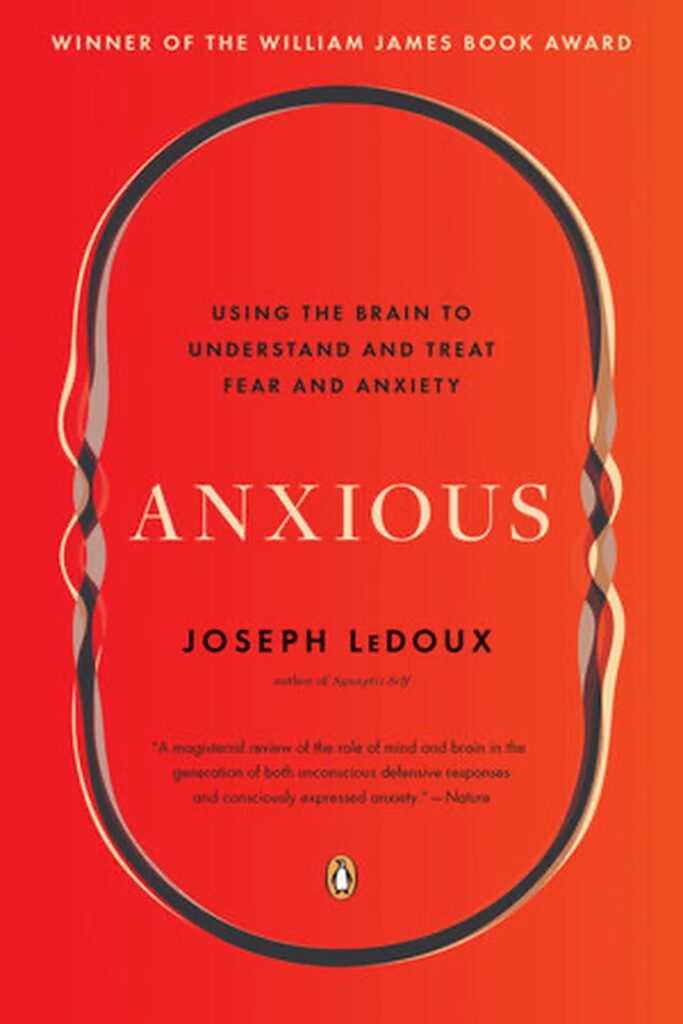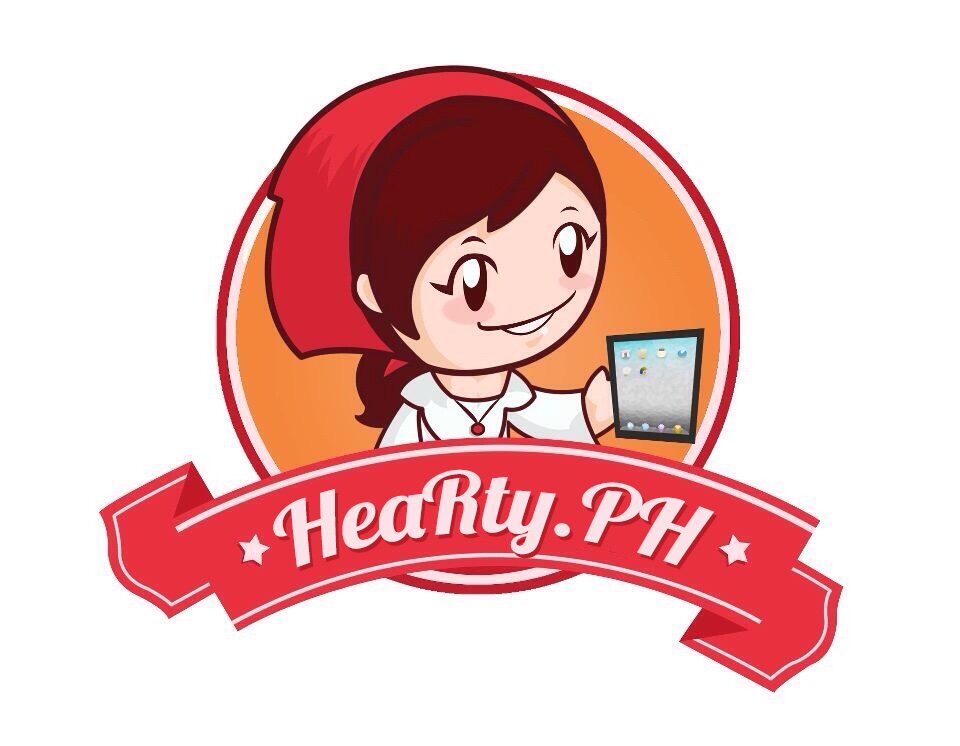Sharing my learnings from the book, Anxious by Joseph LeDoux
Anxious by Joseph LeDoux
LeDoux’s groundbreaking premise is that we’ve been thinking about fear and anxiety in the wrong way. These are not innate states waiting to be unleashed from the brain, but experiences that we assemble cognitively. Treatment of these problems must address both their conscious manifestations and underlying non-conscious processes. While knowledge about how the brain works will help us discover new drugs, LeDoux argues that the greatest breakthroughs may come from using brain research to help reshape psychotherapy.

- feeling anxious is very common but sometimes, anxiety starts to dominate our lives and restrict what we do. It’s at this stage that people are diagnosed with an anxiety disorder, one of the most common mental health concern in the US
- anxiety originates from the Ancient Greek word angh, meaning “burdened” or “troubled”.
- anxiety was once seen as an essential part of being human.
- Sigmund Freud believed that if the repressed trauma were dealt with, then the anxiety would disappear.
- the power to diagnose an anxiety disorder usually lies with a psychologist or psychiatrist. The diagnostic & statistical Manual (DSM) is now the leading guide used to classify psychiatric disorders
- the criteria for diagnosing anxiety disorders are constantly changing. Anxiety was first considered under neurosis then generalized anxiety disorder (GAD) & panic disorder. Then post-traumatic stress disorder (PTSD) & several phobias were added
- 3 factors in developing anxiety disorder: (1) genetics (2) general psychological disposition & the way they handle uncertainty (3) learning experiences or the environment they grew up in.
- we humans have well-developed survival instincts to counter threats. We don’t only learn about danger through our own experiences; we also have the capacity for observational learning
- our built-in survival systems are crucial; they help keep us alive. But sometimes they can kick into overdrive, perceiving threats where none exist.
- having an anxiety disorder puts you on high alert for potential threats. They also overestimate the likelihood that things will go wrong and underestimate their own ability to cope with the situation if it does transpire
- fear & anxiety are feelings that humans process consciously
- take the feeling of fear, for example. When we perceive a threat, our response will kick into action. Our semantic memory allows us to identify precisely what we’ve seen. Our episodic memory inserts the threat into a story about how it relates to us personally
- Freud used talk therapy to get to the root of psychological problems rooted in a patient’s past. Today, most therapeutic treatments for anxiety are based on cognitive-behavioral approaches, which are more concerned with how people behave in the present, they explore the symptoms, rather than the cause
- exposure therapy can also help people with GAD by creating a space for them to identify anxiety triggers & the kinds of automatic worries that result. Patients are shown how to objectively assess catastrophic thinking & come up with more plausible alternatives. By delving deep into the worries themselves and seeing how disproportionate they are, these threats start to lose power.
- exposure therapy has proven to have a 70% rate of effectiveness but there are shortcomings. For one, the extinction of negative associations is very context-specific; something you learn in the therapist’s office may not carry over to the real world. It’s also possible for old associations to come back after some time has lapsed, in what is known as spontaneous recovery
- there are strategies that therapists can take to make exposure therapy more lasting and effective. (1) therapists can make sure to work with their clients in many different contexts, so that the treatment translates into different situations. (2) taking a nap after a session. Sleep accelerates the work of the brain (3) combining exposure therapy with a short term drug treatment (I.e., cortisol) reposted experiencing less anxiety.
- memories can be retrieved and updated with new information.
- active coping strategies (meeting friends, breathing exercises, meditation) can help regulate anxiety


Leave a Reply